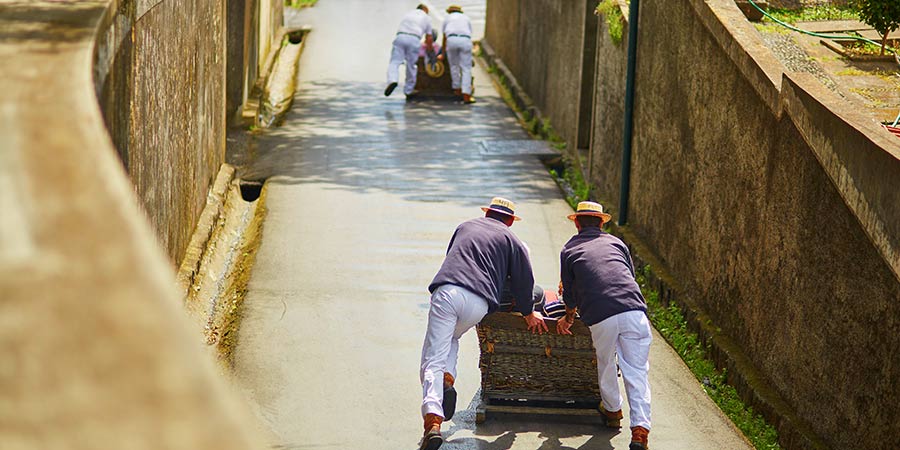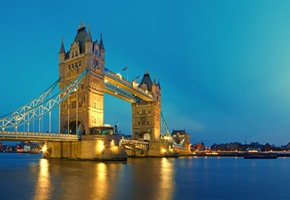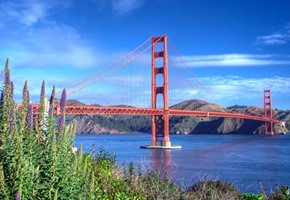For some people, our love of trains and rail journeys in general is a bizarre eccentricity, (these detractors obviously haven't enjoyed the thrill of steam train soot in their face or the entertaining efficiency of catching a train in Japan) but there are plenty of places in the world where a plain old rail journey is the pinnacle of mundanity. So join us for a whistle-stop, global tour of what we believe are some of the most outlandish ways humans have concocted to get from A to B.
Chicken bus - Central America
Who says the daily commute needs to be boring? Whilst travelling
through countries such as Guatemala, Honduras, Nicaragua and Panama
you are bound to spot, though most likely you'll hear them before
you see them, one of Central America's legendary chicken buses. A
party on wheels, chicken buses are impossible to miss thanks to
their zany and colourful décor, as well as the fact they'll often
be pumping out pop tunes at top volume from an on-board boom box,
no matter the hour. A trip on one of these repurposed American
school buses is incredibly cheap, probably because they earned the
name of 'chicken bus' by copping up passengers, packing them in as
tightly as caged hens.
Ice angel - Wisconsin, USA
The state of Wisconsin experiences bitterly cold winters, and
nowhere more so than remote Madeline Island, which floats 12 miles
off shore of Lake Superior - the largest of North America's Great
Lakes. Madeline is the only inhabited island in the Apostle
archipelago, and while there is a bog-standard, boring ferry
waiting to ship visitors and island residents to and from the
mainland during the summer, in the winter, as ice starts creeping
outward from the shoreline, something a little more robust is
required. Step up the ice angel, which is literally the saviour of
locals, keeping them well-stocked with supplies during the long
winter months. Forging its way through a two-mile ice highway, it
resembles some sort of weird snow plough/tank hybrid, but don't let
its appearance put you off - the ice angel is a lifesaver, most
recently rescuing a group of anglers after the ice flow they were
fishing from suddenly broke away.
Monte toboggan - Madeira
The island of Madeira is renowned for its craggy, almost tropical
landscapes. Beautiful to look at perhaps, but for residents living
in the elevated village of Monte, endless hikes to and from
Funchal, the island's capital, were starting to take their toll. It
was time for a solution, and in the century before automobiles,
relief came in the form of a wicker toboggan. Things haven't
changed much since 1850 and you can still hitch a ride on this
picnic basket style sleigh when you visit Madeira. Controlled by
two drivers, the three-seater sleds race down the slopes on wooden
runners, with only the thick rubber soles and expertise of
specially trained charioteers keeping passengers on track. Mostly
catering to tourists these days, it's certainly a lot of fun
whizzing through the narrow, historic streets at speed, covering
the two-kilometre distance from top to bottom in just ten minutes
aboard what could possibly be classed as one of the world's
earliest urban 'rollercoasters'.
Maglev train - Shanghai, China
This is the first of two entries that bear the dubious titles of
'train' and you'll find the Maglev (which takes its name from
mashing together the words magnetic and levitate), in the
futuristic city of Shanghai. This particular line, which connects
Shanghai Pudong International Airport and Longyang Road Station,
boasts the fastest commercial high-speed electric train in the
world. Pushing the speedometer up to an electrifying 311 miles per
hour, the science behind it sounds so inconceivable it's actually a
little bit terrifying. To try and put it simply, the maglev is a
'floating' train that uses the principle of magnetic repulsion to
propel it along. Magnetised coils, called a guideway, run the
length of the route, and these repel the magnets attached to the
trains undercarriage, thus allowing the train to actually levitate.
The polarity surging along the track is constantly monitored and
adjusted, meaning a magnetic field in front of the train pulls it
along, while a differing magnetic field from behind the train
pushes it forward. This technique almost completely wipes out the
effects of friction, allowing the carriages to float along on a
pillow of air.
Bamboo train, Cambodia
From state-of-the-art to something a little more rudimentary; we
all remember those kid's cartoons where two baddies would use a
handcar, a railroad car powered by passengers who must pump a
handle up and down to gain momentum. Well in Cambodia, a version of
these are still very much a part of life, though these days they
are motorised. Locally known as norry or nori, they have
affectionately been christened by travellers as bamboo trains and
can run at speeds of almost 50 miles per hour. Despite a lack of
breaks or any formal driving apparatus, they run a surprisingly
frequent timetable in some areas, and the cost to travel on one is
extremely low. Being made of bamboo they are also incredibly light,
and if two trains meet whilst going in opposite directions,
etiquette dictates that the one with fewer passengers will have to
give way with everyone needing to disembark before the driver can
lift the main, flat-bed structure of the train straight off the
wheels.






